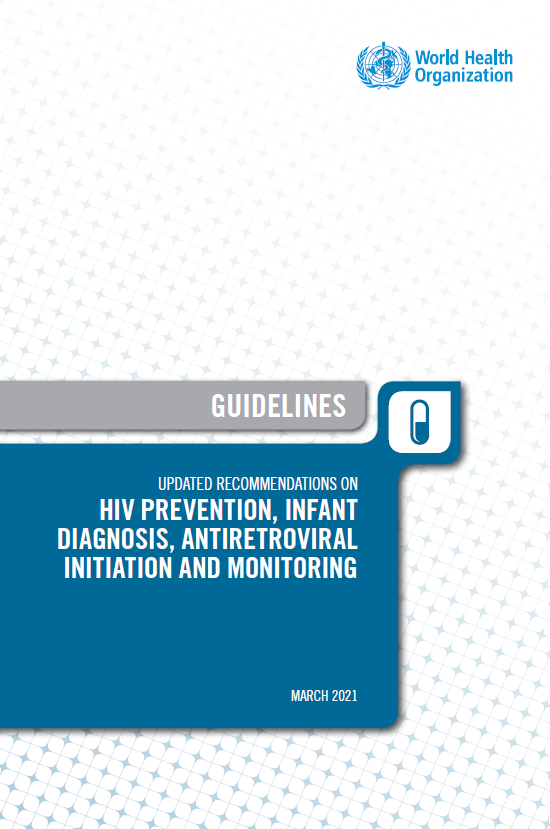2021 WHO Updated Recommendations on HIV Prevention, EID and ART
Analysis of evidentiary value
The World Health Organization (WHO) is the UN’s directing and coordinating authority for health. WHO’s Secretariat serves the organisation’s 194 Member States by implementing the resolutions and decisions of the World Health Assembly through its global and regional headquarters as well as its 150 country offices. The WHO Secretariat derives normative authority from its expertise and political neutrality. It is a widely respected public health authority in the UN system and beyond. Its guidelines and technical reports are authoritative sources of evidence.
Most of these recommendations are clinical; the preface notes that “the primary audience for this guideline is national HIV programme managers, people living with HIV, health-care providers and policy-makers in low- and middle-income countries.”
Used as precedent
key and vulnerable populations
“Adolescent girls and young women are still disproportionately affected by HIV and subject to many forms of discrimination across the globe. In 2017, 79% of the adolescents 10 to 19 years old newly infected with HIV in eastern and southern Africa were female.” (p. 1)
“Substantial risk of HIV infection is provisionally defined as HIV incidence greater than 3 per 100 person-years in the absence of PrEP. HIV incidence greater than 3 per 100 person-years has been identified among men who have sex with men, transgender women and heterosexual men and women who have sexual partners with undiagnosed or untreated HIV infection. Individual risk varies within groups at substantial risk depending on individual behaviour and the characteristics of sexual partners.” (p. 7)
reproductive rights
“Supporting this evidence are studies demonstrating that women’s needs and preferences for sexual and reproductive health are heterogeneous. Expanding PrEP options to include a long-acting, woman-controlled option, such as the dapivirine vaginal ring, could help to meet unmet HIV prevention needs for women.” (p. 7)
“A review that included 11 articles and abstracts specifically relevant for vaginal rings containing dapivirine for HIV prevention found that the use of vaginal rings was highly acceptable (71–98% in randomized controlled trials and 62–100% in observational studies), and the vast majority of participants across studies reported that the rings are easy to insert and remove.” (p. 10)
combination prevention
“Women will be counselled on the dapivirine vaginal ring along with other prevention options such as daily oral PrEP. Male and female condoms and partner services must also be available and offered alongside the dapivirine vaginal ring. Some women may switch from oral daily PrEP to using the dapivirine vaginal ring and potentially back to oral PrEP use. These possible patterns of using ARV drugs for prevention are currently not known or understood and require careful support and assessment.” (p. 14)
